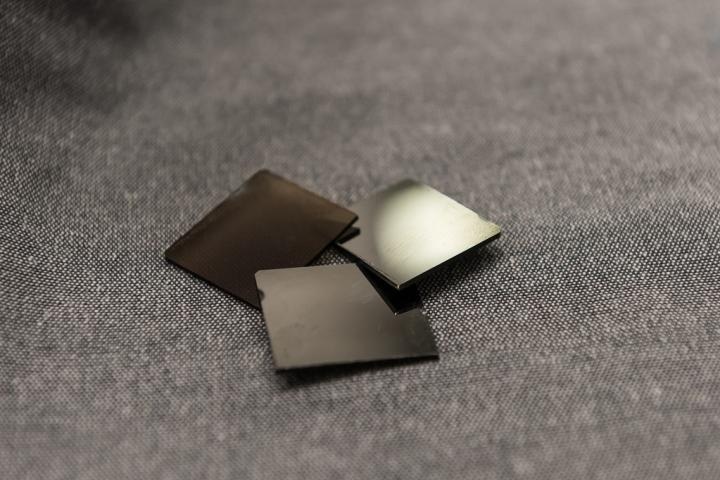Apr 24 2019
An international research team from the National University of Science and Technology “MISIS” (NUST MISIS), Tianjin University (China), and also from Japan and the United States has created new energy-efficient iron-based alloys which incorporate high mechanical and magnetic properties with low cost and pave the way for new possibilities in the industry.
 (Image credit: NUST MISIS)
(Image credit: NUST MISIS)
The outcomes of the study have been reported in the Journal of Alloys and Compounds.
Currently, researchers from various countries are facing the challenge of developing new materials, which would help to minimize losses in electricity transmission and transformation. This would result in energy savings and help to decrease the discharge of toxic gases during production (including CO2—one of the key factors for the greenhouse effect). It is possible to decrease the size of electronic devices while increasing efficiency.
To tackle this issue, the international research team got involved in the development of amorphous soft magnetic alloys in low-cost alloy systems like Fe-Si-B-Nb-Cu (iron-silicon-boron-niobium-copper).
For the development of new alloys based on iron with a high complex of magnetic and strength properties, we have analyzed a large number of alloy compositions. At the same time, we tried to avoid the use of expensive alloying elements, such as niobium and molybdenum. All the alloys examined in the work were obtained using industrial technology—quenching from a liquid state (melt spinning technique).
Andrei Bazlov, Study Author and Engineer, NUST MISIS
He stated that the analysis of a large number of Fe82-85B13-16Si1Cu1 alloys enabled researchers to determine the impact of their chemical composition and heat treatment modes on the magnetic and mechanical properties. Thus, they were able to obtain alloys with high magnetic properties, ultrahigh strength, and technological plasticity.
“In terms of their properties, the new amorphous iron-based alloys obtained by us surpass common industrial analogs not only in Russia but also abroad. Their undoubted advantages are relatively low cost (due to the lack of expensive alloying elements) and simplicity of industrial production,” stated Andrei Bazlov.
Researchers will continue to create new compositions and processing systems of amorphous magnetically soft alloys. Furthermore, they are aiming to apply their developments in the industry.